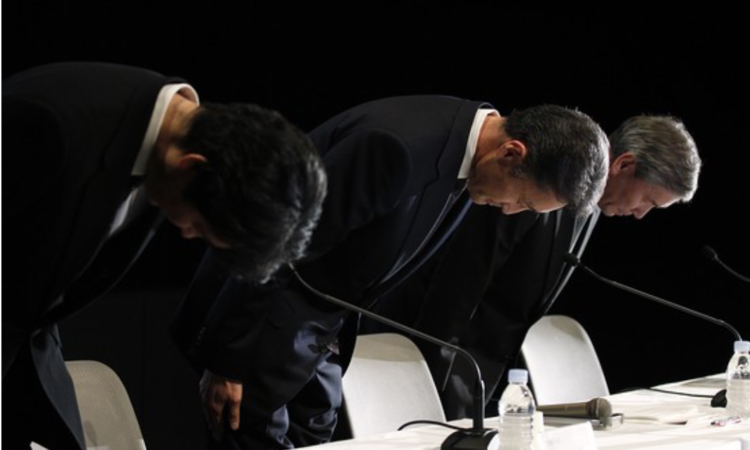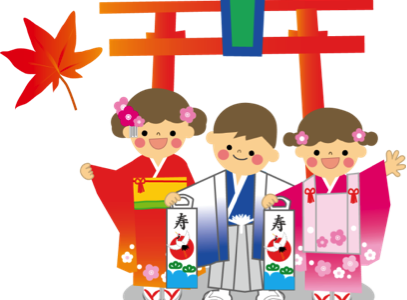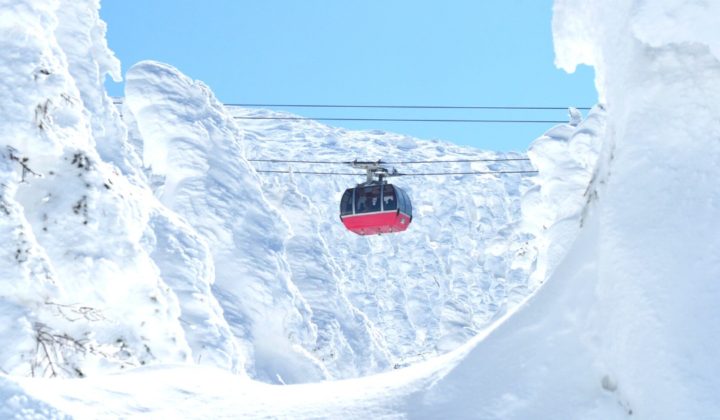It’s almost 2022 and soon people will be visiting temples and shrines to ask for luck for the new year! Unfortunately, because of the COVID-19 pandemic, many people living in Japan will not be allowed to travel overseas or to their home countries.
For the lonely foreigners in Japan at the moment, if you do not want to attend a large countdown crowd to protect yourself, you can try out the Japanese new year tradition of hatsumode, the first temple visit of the year.
Top 5 Temples and Shrines for Hatsumode
These are the top five shrines & temples recommendations for hatsumode in Tokyo listed by the Guidable team, but there are, of course, a lot of other places in the city where you can celebrate the new year as well.
When you’re out for your hatsumode, don’t forget to take all the necessary precautions to avoid the spread of Covid-19. Often consider visiting on days other than New Year’s Eve or New Year’s Day to reduce crowds. Keep in mind to wear a mask to protect yourself and the people around you!
Thank you for being with us going through a tough 2020! We wish you a Merry Christmas and a Happy New Year!
We’ve put together a list of five renowned shrines & temples – all locations easily reachable from Tokyo and very well-known amongst young people and foreigners.
If you want to avoid the crowds, it’s best to avoid days when the shrines & temples are crowded with people (usually the 31st and the 1st are the busiest days).
Due to the everchanging COVID-19 situation, access hours or activities may be changed depending on the situation, and events may be postponed or canceled without any prior notice. Before you head out, always check the shrines & temples’ official website for the latest updates.
Zojo-ji (増上寺) – Hatsumōde With A Spectacular View of Tokyo Tower
This temple is well-known as the temple of the Tokugawa family, who was the head of the Shogunate during the Edo Period (1600 – 1868). It is a short 3-minute walk from Shibakoen Station on the Toei Line and a 10-minute walk from Hamamatsu-cho Station on the JR Line.
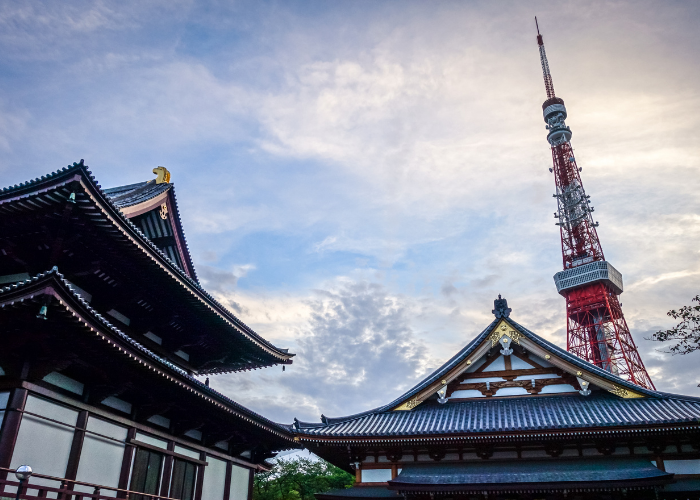
The first thing tourists are likely to find when they walk onto its premises is the huge Sangedatsumon Gate, the largest one in Eastern Japan. It has been classified as one of the country’s Important Cultural Properties, a testimony to its cultural significance. When you walk further onto its premises, it’s impossible not to notice the Tokyo Tower’s distinctive silhouette just behind the main building.
– Hatsumode: Dec 31st 22:00-07:00, Jan 1st 08:00-17:00, Jan 2nd 08:-16:00, Jan 3rd-4th 09:00-16:00
– Hatsumode event: New Year’s Eve Bell ringing on December 31st, the first prayer of the new year (the monk starts the prayer after the bell tolls at midnight on New Year’s Day).
Senso-ji (浅草寺)
Senso-ji is a famous tourist destination in Tokyo’s Asakusa district and attracts millions of visitors every year. The temple is a short 5-minute walk from Asakusa Station on the Tobu and Tokyo Metro lines.
During the New Year Season, Sensō-ji is usually packed with people, all wanting to perform their hatsumode prayers in this well-known temple to get their new year off to a good start.

Our recommendation to avoid crowds is to be flexible when choosing when to visit and try visiting on a different date.
– Hatsumode: All night on December 31st-17:00 the next day, 06:30-17:00 from thereon.
– Hatsumode event: New Year’s Eve Bell ringing on December 31st, the first prayer of the new year
Meiji Jingu (明治神宮) – The Most Popular Shrine For Hatsumode in Japan
Meiji Jingu is the shrine where Emperor Meiji (1852-1912) and Empress Shoken (1849-1914) are enshrined. This renowned Shinto shrine is a historic building that exudes a calm and solemn dignity. It is also a tourist hotspot that attracts more than 3 million visitors from all over Japan every New Year.
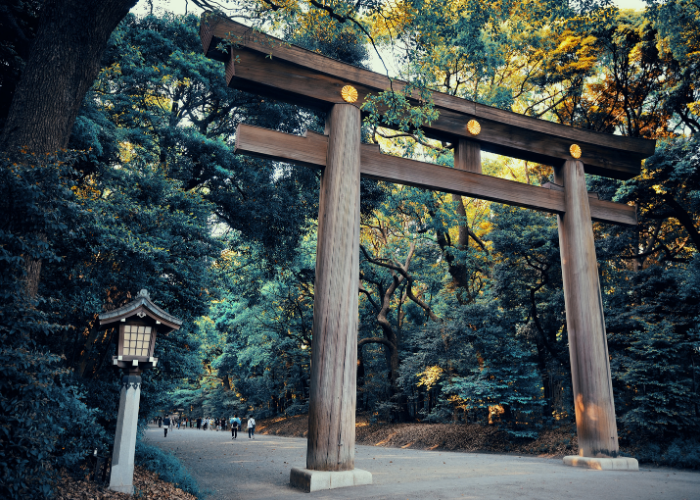
Located in between Harajuku and Omotesando’s trendiest areas, the shrine is just a minute’s walk from Harajuku Station on the JR Line. If you use the Tokyo Metro, it’s about a 10-minute walk from Omotesando Station.
– Hatsumode: All night on December 31st, 06:40-16:20 from thereon.
– Hatsumode event: Seitan-sai Ceremony (7:00 a.m. January 1st)
Tokyo Daijingu (東京大神宮) – For Couples Looking for Luck in Love
Tokyo Daijingu was established in 1880 as a sanctuary for the Ise Grand Shrine of Mie Prefecture. Since Emperor Taisho (1879-1926) performed his wedding ceremony here and was the first to be married by the imperial sanctuary gods while he was still Crown Prince, he became known as the originator of public Shinto-style weddings.
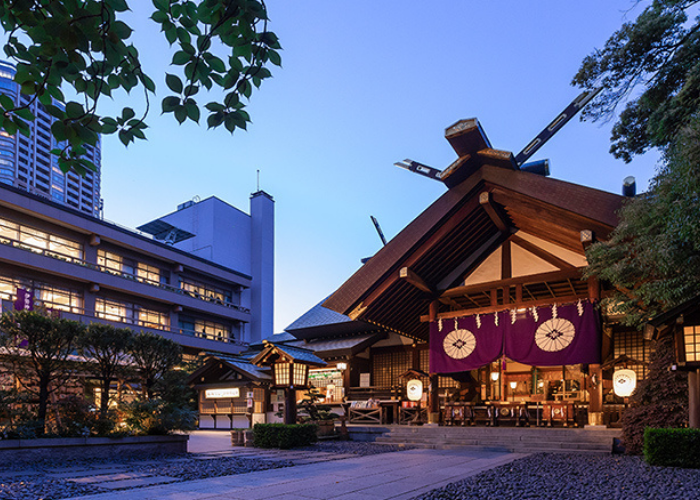
The shrine itself embraces Musubi, the god of marriage so people looking for luck in love and marriage naturally flock here to seek blessings. The shrine is popular among young women, and this becomes much more obvious during the hatsumode season. You’ll have to walk for about 5 minutes to get to the shrine from Iidabashi Station on the Tokyo Metro Line.
In order to prevent the spread of COVID-19, the shrine asks that visitors wear a mask at all times, use anti-bacterial handwash and try not to talk. Only those who have applied beforehand may enter the shrine’s main building, and only 6 people are allowed to enter the shrine at a time.
– Hatsumode: Jan 1st 00:00-21:00, 06:00-21:00 from thereon.
– Hatsumode event: On the first three days after the New Year, the first 1,000 visitors to the shrine who buy an omamori between 8 am and 10 am will receive a miniature ema charm featuring the year’s zodiac animal.
For more information on hatsumode at Tokyo Daijungu shrine, please visit their website. (JP only).
Kanda Myoujin Shrine (神田明神)
Kanda Shrine was built about 1,300 years ago and housed the guardian gods of over 108 town councils across Kanda, Nihonbashi, and even Akihabara, the mecca of Japanese subculture.
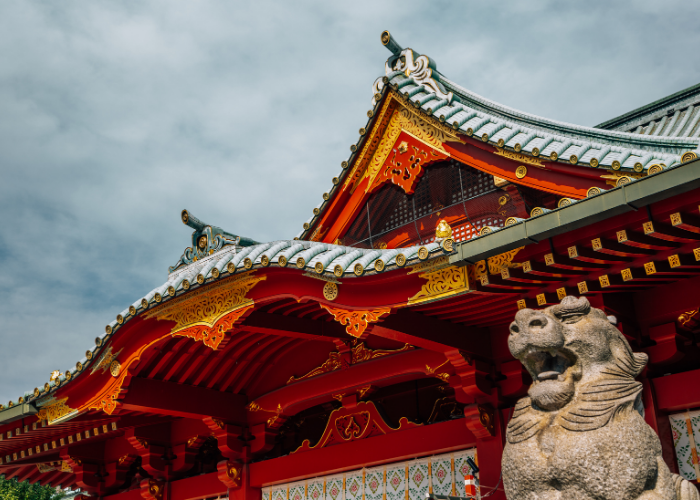
The shrine’s hatsumode visitors include people from major companies as the shrine was established in the center of one of Tokyo’s wealthiest districts, and most shrines and temples in this area are naturally more focused on blessings for wealth and prosperity.
It is only a quick 5-minute walk from Ochanomizu Station’s Hijiri Bashi Exit on the JR Line, or a 7-minute walk from Akihabara Station’s Electric Town Exit on the JR Line.

– Open hours: Jan 1st 00:00-18:00, Jan 2nd-3rd 08:00-18:00, Jan 4th-5th 07:00-19:00
– Hatsumode event: Seitan-sai Ceremony (morning of January 1st)
For more information on visiting Kanda Myoujin Shrine for hatsumode, check out their website.
Top 5 Temples and Shrines for Hatsumode
These are our top five shrines & temples recommendations for doing hatsumode in Tokyo, but there are, of course, many other places across the city where you can celebrate the New Year as well!
When you’re out for doing hatsumode, don’t forget to take all the necessary precautions to avoid the spread of Covid-19. Often consider visiting on days other than New Year’s Eve or New Year’s Day to avoid the crowds and don’t forget to wear a mask to protect yourself and the people around you!
Thank you for staying with us throughout a tough 2021! Happy New Year!
For More Related Articles:
- 11 Special Places to Spend the New Year Holiday in Japan!
- Western-Style Osechi You Cannot Miss In 2021
- 5 Best Places to Catch the First Tokyo Sunrise of 2022
- Top Five ‘Must-try’ Japanese New Year’s Foods
- New Year In Japan; 7 Uniquely Japanese Traditions
This article was originally posted on Dec 29, 2020 and has been edited and reposted on Dec 28, 2021.


